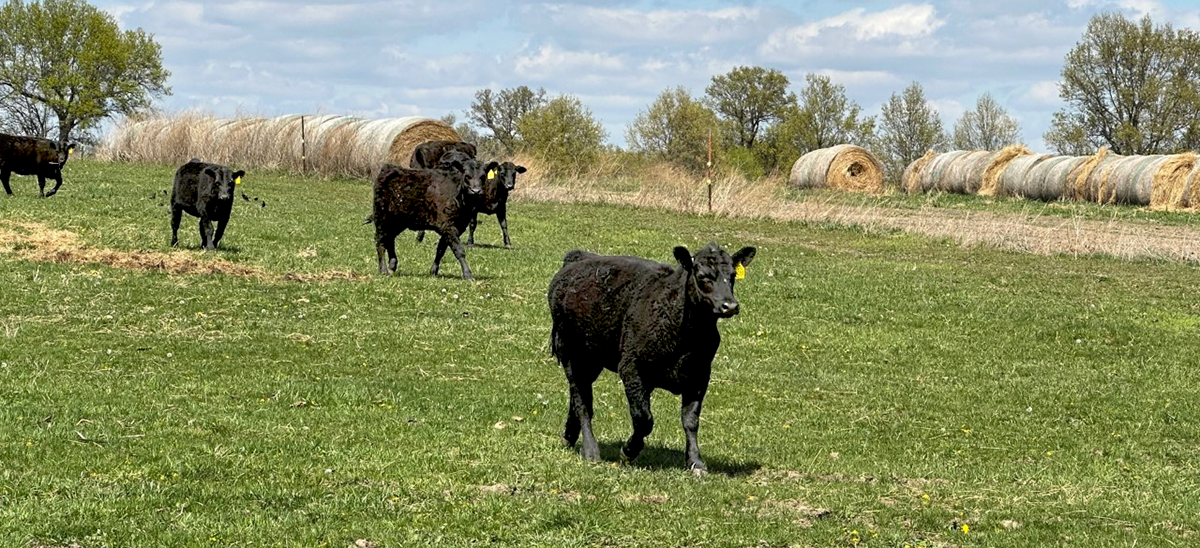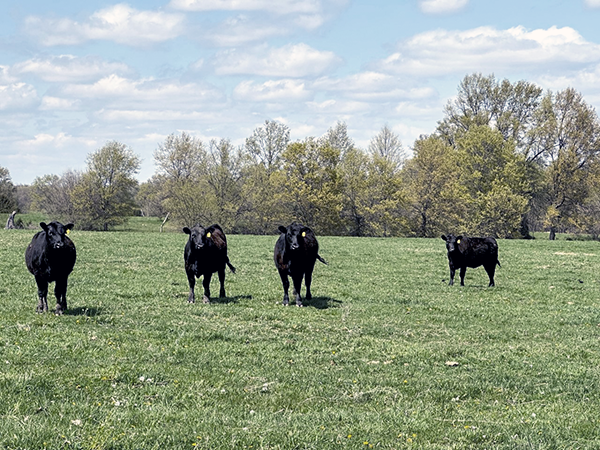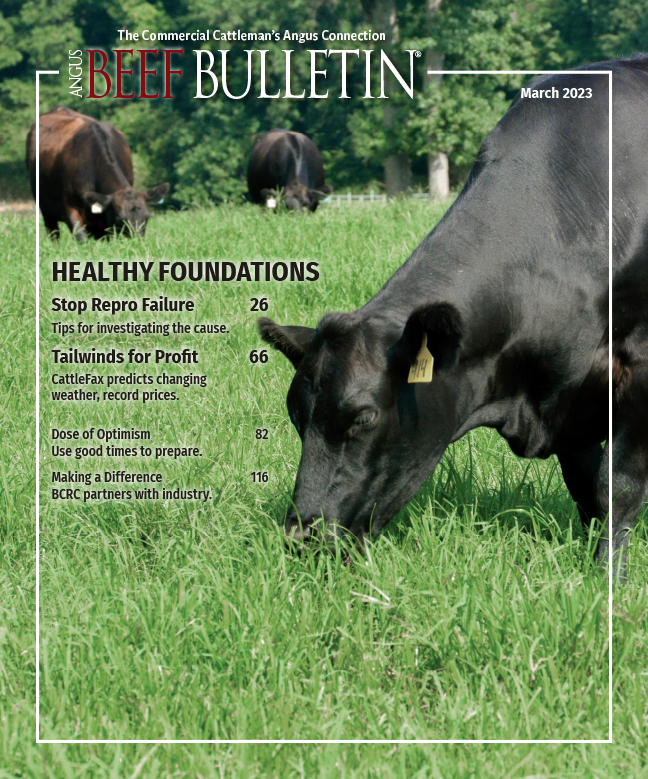
Cattle Economics: Marketing Cows and Expansion Plan
It’s difficult to outguess the market, but knowing all the options aids in decision-making.
There has been and will continue to be considerable discussions regarding beef cattle herd expansion throughout 2023. This discussion will continue in 2024, but what is being discussed next year will be highly dependent on the current year’s weather, feed prices and expansion in the second half of 2023.
The first step in cattle herd expansion is increasing profits at the cow-calf sector. In other words, cattle prices must increase, input costs decrease or both. With calf and feeder-cattle prices reaching their highest level since the last quarter of 2015, it is clear cattle prices have increased. However, the cost structure has changed considerably since 2015, and profitability in today’s environment does not compare with profitability in late 2015.
Despite the cost structure being different, cattle producers will begin making expansion plans and decisions in the current year, even if it does not mean purchasing breeding-age females.
Cattle producers can employ two methods to expand the national cattle herd. The one most people think about first is retaining heifers or purchasing heifers. These animals are young and are expected to stay in production for several years. The second method is retaining females that should otherwise be culled because they have the ability to produce one or two more calves. A third way of expanding the cattle herd for an individual operation, but not a method that contributes to national herd growth, is purchasing mature females that are somewhere between the beginning and end of their productive life cycle. This essentially results in trading a cow from one farm to another farm.
The heifer market typically generates the most enthusiasm, so it is a good place to start. Based on research from the University of Tennessee (UT), one can estimate 5- to 6-month bred heifer values as 2.3-2.8 times the value of a 500-pound (lb.) weanling heifer. As of this writing, 500-lb. heifers were valued around $1,000 per head. This means 5- to 6-month bred heifer values should probably be in the range of $2,300-$2,800 per head. There can be huge variation between bred heifer values based on size of the heifer, hide color, if she fits typical breeding seasons, the bull she’s bred to, general quality of the female and other factors. Putting those types of values in writing is tough, but they are values the market could see. How profitable those animals will be during their lifetime is yet to be determined.
The second method of expanding the cattle herd is retaining females that should otherwise be culled. There is always a temptation to keep breeding females that have “small” issues when calf prices increase. There is also a temptation to purchase these animals and “take a risk” on them. For those on the side of retaining vs. selling these females, it would be wise to consider the salvage value of that female. Slaughter-cow prices will reach beyond $1 per lb. this year, and letting go of those females may not be a bad idea. Retaining and breeding a heifer is not a $1-for-$1 trade here, but it could be a consideration. For those looking to purchase such animals, all it takes is considering why others are selling those animals, and then the risk of purchasing looks even greater. This does not mean it is not worth the risk; but the risk is great.
 Bred heifers should be valued at $2,300-$2,800 per head based on current values for a 500-lb. weanling heifer. |
The place where buyers and sellers may find common ground is in middle-aged cows. There will be a strong market for all breeding-age females. This includes 4- to 8-year-old females in good condition. If there are some issues with pastures that need to be addressed or life circumstances that demand a greater time commitment, it may not be a bad year to market mature bred females. Similarly, if there are potential buyers who have additional resources to carry cattle, then purchasing a few proven females during their prime could pay dividends while calf prices are strong.
It is difficult to outguess the market, but producers should sharpen the pencil and evaluate alternatives. There are always opportunities in the cattle market. Sometimes it is in selling, and other times in buying. Producers have to be ready to take advantage of each opportunity.
Editor’s note: Andrew Griffith is an assistant professor the University of Tennessee Institute of Agriculture. [Photos by Shauna Hermel.]



